India is fast-growing to be a technological power in the world, with now over 4.5 million+ and counting software developers. The number of developers is expected to even exceed that of the United States by 2024. Which is effectively making India the largest pool of developers in the world. In such a lively and competitive environment, being away of the most sought-after programming languages is not an option. Rather, it becomes a compulsion. According to the TIOBE Index, these languages—Python, Java, and JavaScript—are among the most popular programming languages globally, pointing not only at their world relevance but also at their local relevance in many industries.
As the industry continues to evolve, more and more new technologies, languages, frameworks or even tech fields are coming to greet us. We can’t ignore them, can we?
So In this blog, we will dive into the top programming languages in India for this year. We’ll explore how and why these languages are leading the industry right now their key applications and of course why mastering them is essential for any developer who is aiming to thrive in the Indian tech industry. Whether you’re an experienced professional or an aspiring new coder, understanding these languages will help you to navigate through the evolving demands of the job market and also to stay ahead in your career.
Table Of Contents
The Growing Demand of Programmers in India

In recent decades, the growth of the technology sector in India has been overwhelming, making the country an IT powerhouse in the world. The growth is outstanding and is fast changing India’s economy, besides changing the global technology landscape.
Impressive Growth Metrics
- Quick Contribution to the Economy: The Indian information technology industry (IT) contributes for an amount of about 7.7% towards the GDP of India in the year 2022. This is supposed to be 10% in the year 2025, depicting the importance of the sector in the development of the economy.
- High Export Revenues: Exports from the IT and BPM sector have grown exponentially, touching USD 194 billion in 2022. With the projection to cross USD 350 billion by 2025. This reflects demand coming from around the globe for Indian tech products and services.
- Employment Generation: The tech industry is one of the highest generators of employment in the country. In India, up to 2023, there are over 5 million IT professionals, with the numbers projected to grow annually by 7-8%. This creates enormous potential for programmers and technophiles like us to be involved.
Emergence as a Global Developer Hub
Large developer base: India is on the verge to become the world’s largest developer base, with estimates suggesting the country will have 6 million software developers by 2024, surpassing the US. This growing community is due to a large youth population and a greater emphasis on STEM education.
Startup ecosystem thrives: With more than 80,000 startups and 100+ unicorns (e.g.- Zomato, Ola, Boat, Oyo etc) , India’s startup ecosystem is thriving especially in tech-focused areas. Cities like Bangalore, Hyderabad, Delhi-NCR are emerging as innovation hubs, attracting and forcing investment to encourage employment.
1. Python: The Ubiquitous Language

Python has risen to its position as the most popular programming language in India for a reason. Several factors have contributed to its widespread adoption: it is the go-to language for both professionals and novices in a variety of domains.
1. Versatile and Easy to Use
The simplicity and readability of Python make it one of the prime languages to start working with, besides being professional developers. Developers can easily and quite effectively write and maintain code with its clean, intuitive syntax. It eases the entry for new programmers, and there is a huge community of Python enthusiasts in India. What is more, Python is versatile in terms of the various areas where it can be applied, from web development to data science, thus making it universal for the developer.
2. Wide Acceptance and Usage in Data Science and Machine Learning
This has brought a new upsurge in the demand for experts in data science and machine learning in India. Pandas, NumPy, Scikit-learn, TensorFlow, and many other such libraries and frameworks have made Python the primary language used by data analysts and machine learning engineers. It is preferred highly in these fields because the language supports large amounts of data and simplifies complex computation. Consequently, Python has become the backbone of data-driven projects in various industries in India.
3. Important to Web Development
It helps Python’s popularity in web development with its rich frameworks like Django and Flask. These frameworks support building solid and scalable web applications—one of the pressing needs for a growing tech startup ecosystem in India. Fast prototyping capabilities of Python help startups to quickly develop and deploy web solutions, which is the crux of driving innovation and growth in the Indian tech landscape.
Applications: Key Industries and Projects Leveraging Python in India
Artificial Intelligence (AI) Research and Development
AI research is booming in India, with many academic institutions and research centers focusing on advances in AI and machine learning. Powerful Python libraries, such as TensorFlow, Keras, and PyTorch, are widely used in the AI industry to enable researchers to create sophisticated programs and models. The Indian government’s push for AI-driven solutions in sectors like healthcare, agriculture, and smart cities has further increased the demand for Python expertise.
Tech Startups
India’s vibrant startup ecosystem has wholeheartedly embraced Python because of its simplicity and efficiency. Startups in industries as diverse as fintech, edtech, health tech and e-commerce rely on Python to develop new products and services. Companies such as Ola, Zomato and Swiggy use Python for backend services, data analytics and machine learning applications, demonstrating the flexibility of the language to suit business needs
Large-Scale Enterprise Applications
Python is also widely used in big business in India. Leading IT services companies like TCS, Infosys, Wipro use Python for various purposes like software development, data processing and automation Python’s scalability and integration capabilities make it suitable for complex enterprises, where it is used to deliver productivity increase and increase digital transformation processes.
Note – More Information on top AI ML Programming Languages is shared in this article.
2. Java: The Enterprise Giant
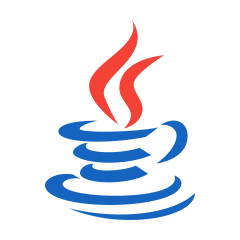
Java has been one of the most popular programming languages in the world for a long time, especially in developing applications at an enterprise level. Since its creation in the mid-1990s, Java became the language associated with reliability, scalability, and robustness. It was the basis for developing really important systems in many industries, specifically finance and e-commerce.
Java’s Robustness and Security

Security and robustness always remain the two main key factors in support of Java for enterprise applications. Different systems can run the Java Virtual Machine (JVM) to enable using the platform-independent Java. This is what makes it a common choice among organizations that require their software systems to last and stay up with changing technology over the years.
Long-Standing Presence in the Indian Tech Landscape
In India, Java has left its legacy in the tech industry. Many of the leading companies in information technology and service providers countrywide had built the core part of their infrastructure with the use of Java. Thus, Java has come to be virtually synonymous with enterprise application development for the region. But this has become a rather long-standing presence in technological traditions. Trust me when I say, “Java really meets modern demands in software development”. Indian tech giants like Infosys, TCS, and Wipro have depended on Java for more than two decades to deliver solid and scalable solutions to customers around the globe. As more new Java versions (Java 17 for example) are coming, it’s more and more obvious to java to be Indian dev’s no 1 choice.
Job Market for Java Developers in India
Increasing demand for Java developers
The demand for Java developers in India is really very strong and ever-growing. The role of Java in building enterprise-class applications means that there is always a need for experienced developers who can maintain and optimize these systems. According to industry reports, Java is one of the most sought after skills in the Indian job market.
Opportunities in separate companies
Established companies in India are some of the biggest employers of Java developers, especially in IT and finance. Companies like Tata Consultancy Services (TCS), Infosys and Wipro are constantly looking for Java professionals to work on their flagship projects, both domestically and internationally.
3. JavaScript: The Language of the Web


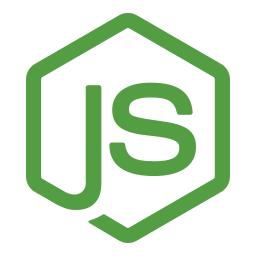
JavaScript, for front-end web development, has taken monopoly and is ruling the roots in the development of an interactive user interface. This language is so versatile that developers can work with it to create responsive and dynamic web pages for a better user experience. The use of frameworks like React, Angular, and Vue.js becomes very popular in India. A component-based architecture makes React suitable for large-scale applications. Angular is backed by Google and provides the best way to build huge enterprise-level applications, while Vue.js is appreciated for its simplicity and flexibility, so it might be a preferred choice for small startups and little projects.
Full Stack Development with JavaScript
JavaScript isn’t just about front-end development. With the steep rise of Node.js, JavaScript can be used with a single language across the full stack of development. This is the main reason full-stack JavaScript development has gained so much popularity—where one can deal with both the client-side and server-side logic. This unified development would drastically simplify workflows and bring up efficiency.
Growing Demand for Full-Stack Developers in India
In India, the demand for full-stack developers has grown significantly as companies seek professionals who can manage end-to-end development processes. Startups and tech giants alike value the flexibility and cost-effectiveness that full-stack JavaScript developers offer. As digital transformation accelerates across industries, the ability to build comprehensive solutions using a single language like JavaScript makes full-stack developers highly sought after in the Indian job market.
4. C and C++: The Powerhouses of Performance
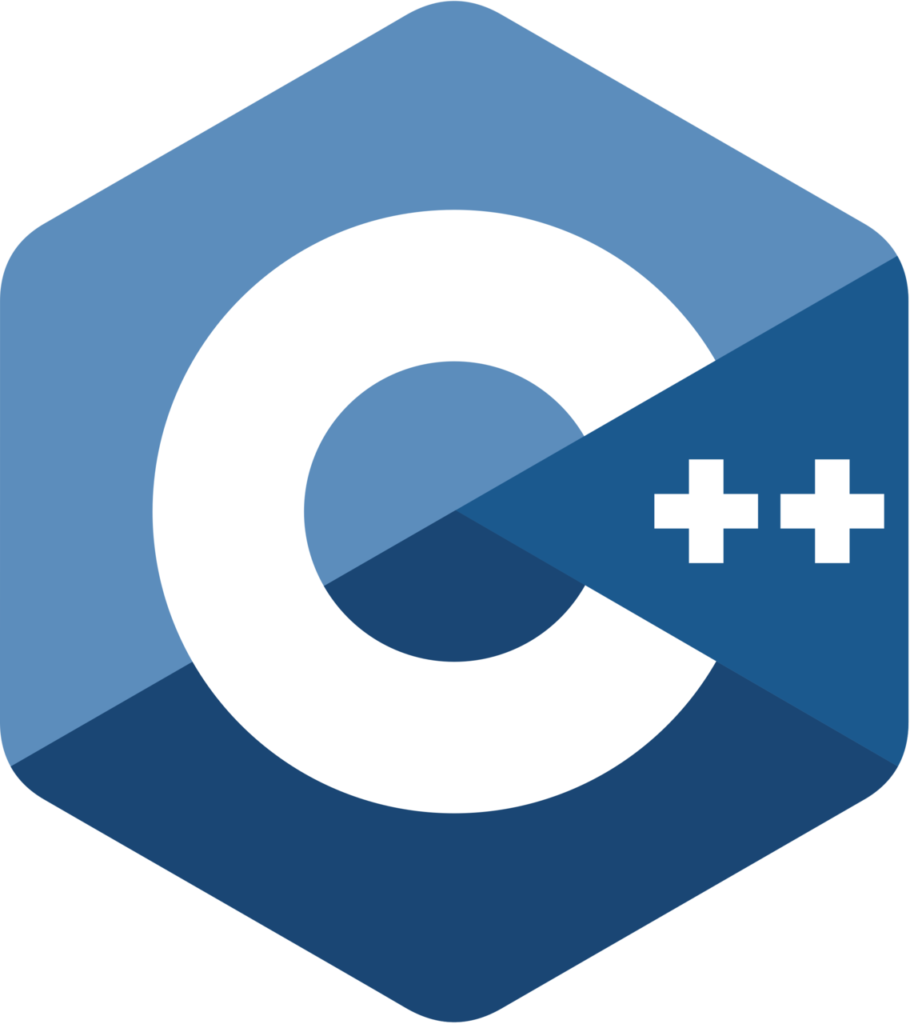
C and C++ are two fundamentally necessary system-level programming languages because of their close interaction with hardware and efficient memory management. Its simplicity and speed drive the applications of C in embedded systems and kernels of operating systems. In these domains, direct control over hardware and reduced overhead are paramount. C++ extends the basic structure of C with object-oriented capabilities to help in the construction of more complex software systems without sacrificing any of the speed. Due to these reasons, these languages are very helpful in some application areas, such as gaming—where fast execution and real-time processing are required—IoT, and robotics, due to their support for low-level control and precise resource management.
Continued Relevance in Indian Education and Industry
In India, C and C++ remain highly relevant, both in education and industry. These languages are often taught for the first time in Indian engineering colleges (I myself learned it on my first year of B.Tech), providing a solid foundation in programming thinking, memory management and algorithmic thinking This early exposure helps students understand abstract languages size and underperformance of complex software systems.
Industries like gaming, IoT and robotics in India continue to rely on C and C++ for their unmatched power and capabilities. As India expands its footprint in these tech sectors, the demand for C/C++ skills is becoming stronger, ensuring the continued importance of these languages in education and technology.
5. Go: The Rising Star
Go, or Golang, is at its hype today for providing a simple and a precise performant language in the cloud computing sector, microservices, and backend system development space. Made by Google, Go seamlessly combined the efficiency of C (in modern programming) with the ease of dynamic languages like Python. Most importantly, goroutines give it a robust model for concurrency, which is critical for developing scalable high-performance applications—most probably under the conditions of cloud deployment. Its clean syntax and simple language make development brief, and its compiled nature ensures fast execution—making it the best choice for building robust back-end systems and microservices.
Adoption in Indian Startups and Tech Companies
The increase in adoption of Golang by Indian startups and technology companies is due to the demand for efficiency and scalability in modern applications. Fast-rising firms, like the fintech startup Razorpay, boast about using Go for handling payments, the language’s capability to handle enormous throughputs with low-latency tasks. Similarly, Zerodha, which is India’s largest stock brokerage firm, uses Go in its back-end services to manage millions of trades and transactions on a daily basis with high reliability.
Growing Community
The growing community of Go developers in India is another indicator of its rising popularity. The language’s adoption is supported by an active and expanding network of Go meetups, conferences, and online communities across the country. This community-driven growth ensures that developers can share knowledge, collaborate on projects, and continuously improve their Go skills.
Go’s role in Indian startups and tech companies is set to expand even further as cloud computing, microservices, and scalable backend systems become increasingly critical in the tech industry.
6. SQL: The Backbone of Databases
It is important to note that the Structured Query Language (SQL) is the most important in managing worldwide databases. Therefore, it is relevant in a lot of sectors, including finance, e-commerce, and telecommunications, for structured data. SQL can query, manipulate, and relate databases effectively, thus ensuring businesses can store, retrieve, and analyze related data efficiently. The SQL language is pivotal in handling transaction records while safeguarding the integrity of financial data within the finance sector. In e-commerce, it backs the backend processes of online platforms, from inventory management to customer transactions. Similarly, SQL is used in vast numbers for the management of consumers and network records in telecommunications.
Integration with Other Languages

SQL’s versatility is enhanced by seamless integration with other programming languages, making it an essential skill for developers working with large datasets. Languages like Python, Java, C# often use SQL for database operations in applications for data manipulation that moves effective, retrieval and will. For example, Python libraries such as SQLAlchemy, allow developers to interact with SQL databases, and use the simple Python functionality. This integration is important in India’s tech landscape, where developers often work on data-driven applications in areas like finance and e-commerce.
Given its fundamental role in managing structured data and supporting other programming languages, SQL is a must-know for developers in India As data continues to grow in importance, mastery of SQL is still about essential for those looking to excel in database management and data-centric development.
7. Other Emerging Languages
Honorable Mentions of Emerging Languages in India
Several emerging programming languages are gaining traction in India, carving out niches in specific sectors.
TypeScript
TypeScript is gaining increasing popularity in large and demanding JavaScript applications, especially in the tech and startup ecosystems. Strong typing provides the ability to build complex but maintainable web applications due to better tooling support. Companies such as Flipkart and Swiggy are adopting TypeScript to enhance code quality and scalability in their front-end and full-stack development projects.
Swift
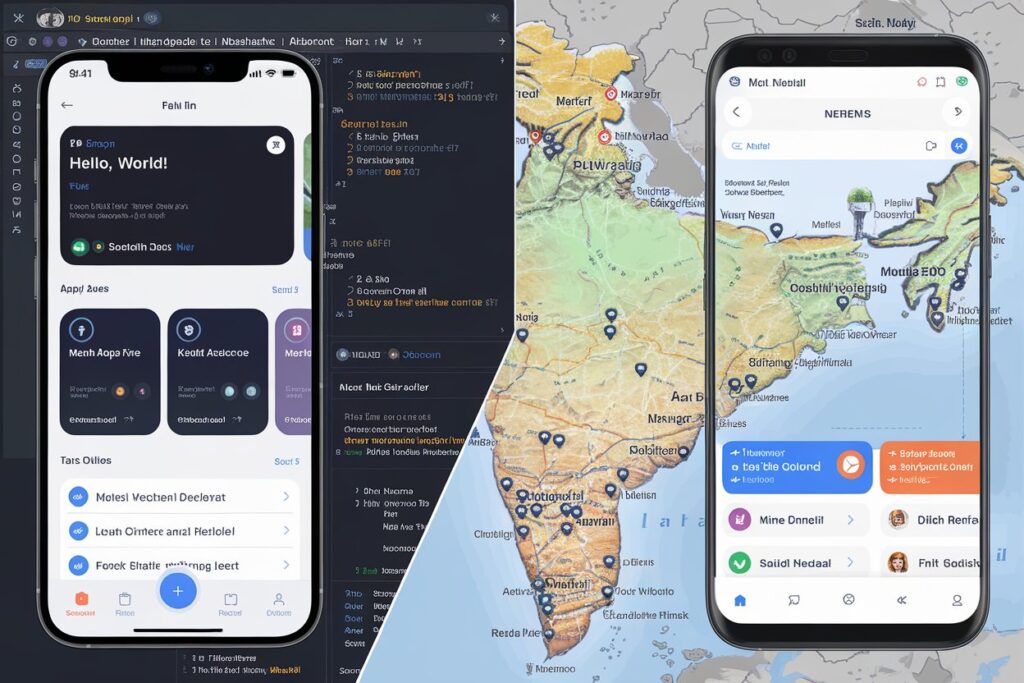
Swift is becoming the language of choice for iOS development in India. With the mobile app market growing exponentially, developers focusing on applications for the iPhone or iPad are getting drawn to Swift’s clean syntax and powerful features. Indian companies, startups, and global target-based entrepreneurs are embracing the use of Swift in creating high-performance apps for the Apple ecosystem.
Kotlin
Massive adoption of the Kotlin language for Android development has been taking place. As the officially preferred language for Android by Google, Kotlin has a compact syntax and excellent interoperability with Java, which makes it number one among Android app developers. Many Indian developers now shift to Kotlin for creating powerful, modern Android applications, especially in the fields of fintech and e-commerce, where mobile apps are going to play an increasingly important role.
While these languages would be niche, they are growing in importance steadily within their respective sectors. Reflecting the changing demand patterns of India’s vibrant tech industry.
Conclusion
In today’s rapidly evolving technological environment, staying recorded with the latest programming languages is very crucial for developers who want to remain competitive in the field, especially in a very large dynamic market like India. As this industry moves towards new techs like cloud computing, mobile development, data-driven applications. Languages like Go, TypeScript, Swift, Kotlin are becoming creasingly important. These languages not only contribute to modern development needs and rather equip high product performance and efficiency to the latest trending techs.
Continuous learning and adaptation is key for developers in India to maintain a competitive advantage. The ability to master emerging languages and understand their applications across industries can open up very new career opportunities and ensure long-term success in technology. By gaining access to such information and becoming more versatile, developers can better align their skills with the requirements of the evolving tech landscape, helping to create innovation and grow their business.
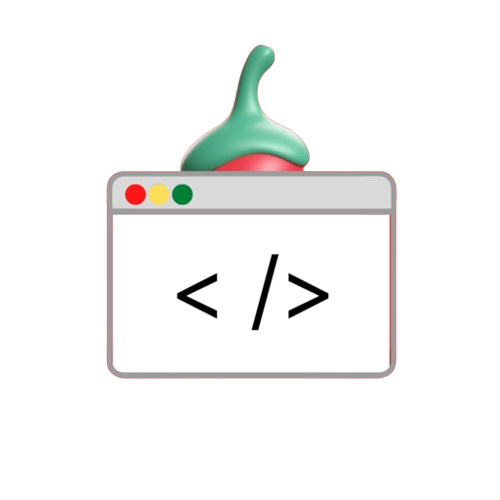
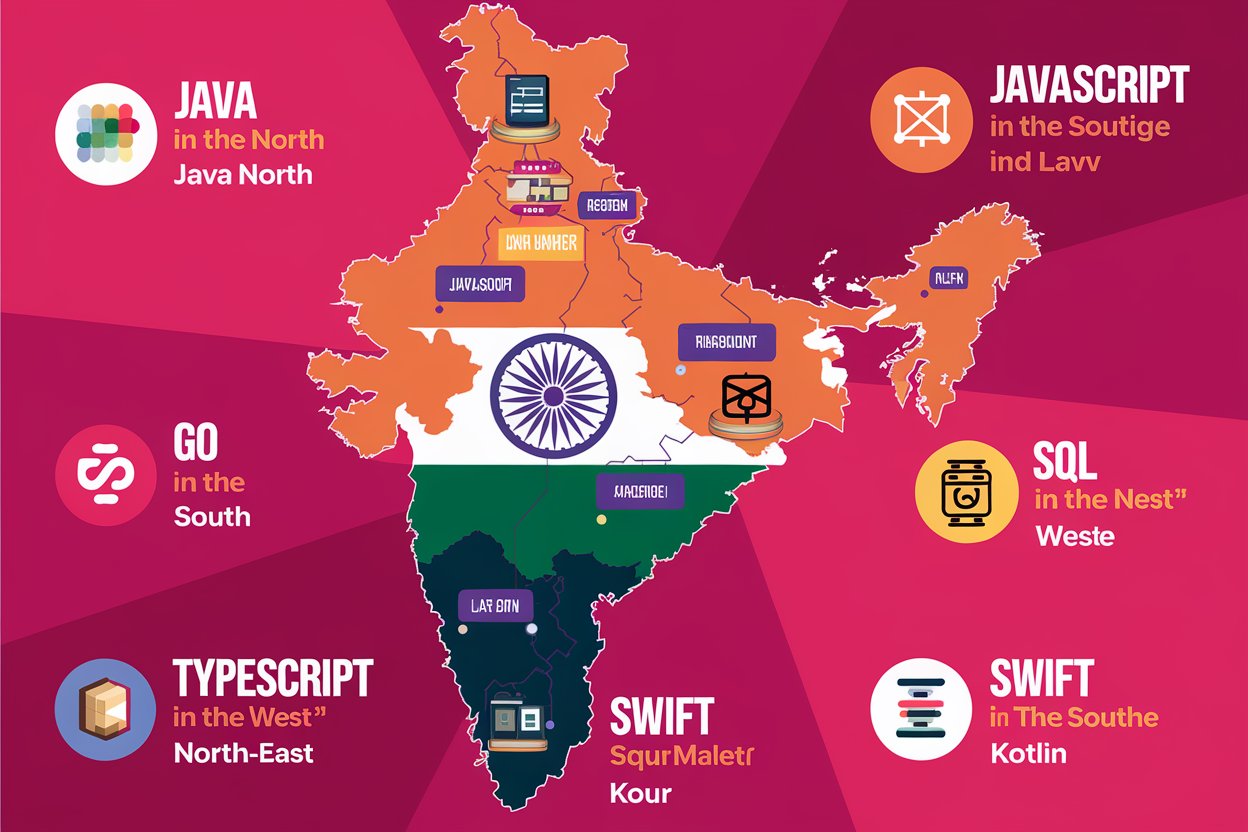



I like the valuable info you provide to your articles.
I’ll bookmark your blog and test once more here frequently.
I’m rather sure I will be informed lots of new stuff proper right here!
Good luck Fryd Dirty Stripe Strain For Sale the next!
Your style is very unique in comparison to other people I’ve read stuff from.
Thanks for posting when you’ve got the opportunity, Guess I’ll just book mark this page.
Feel free to surf to my blog post; buy suboxone online